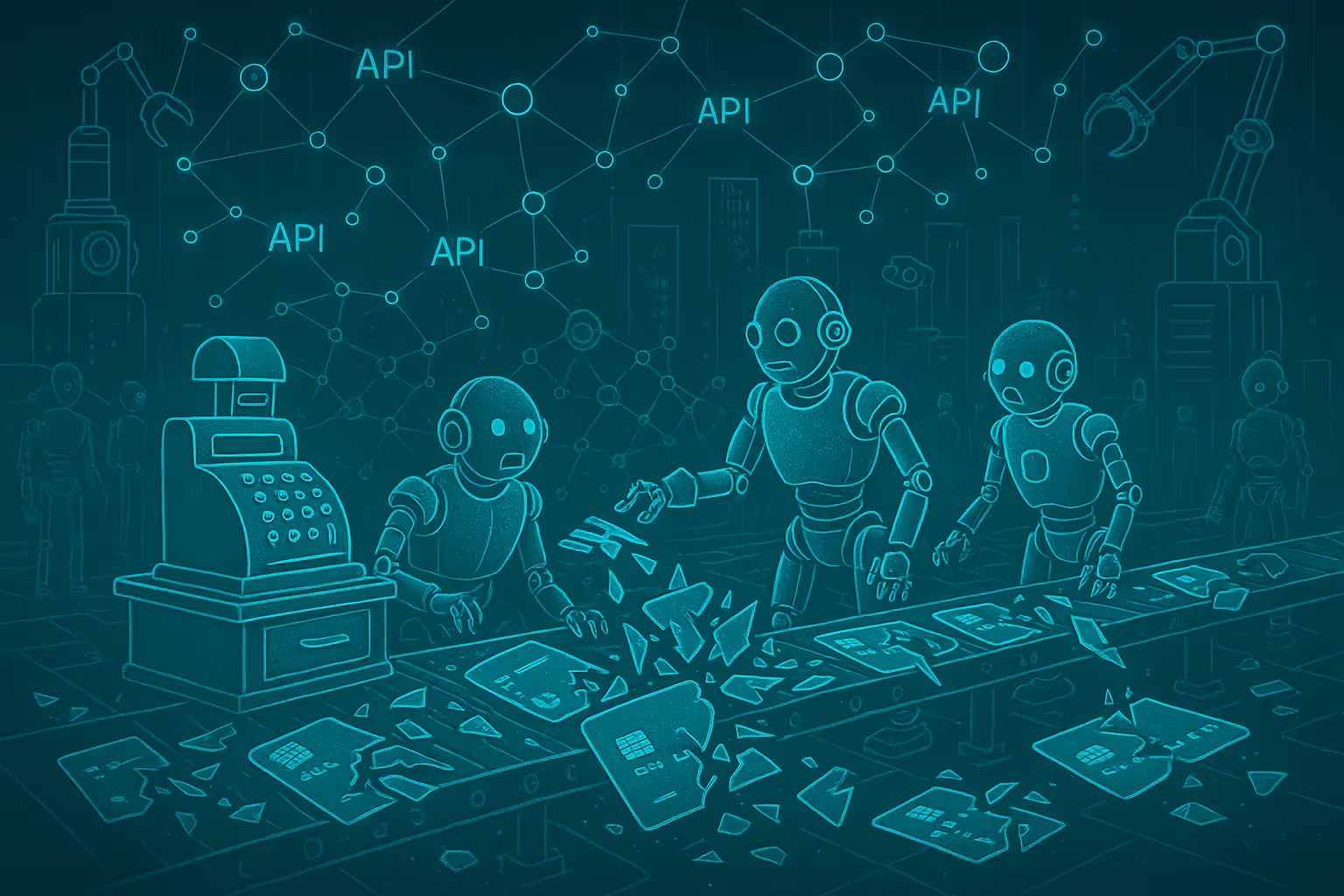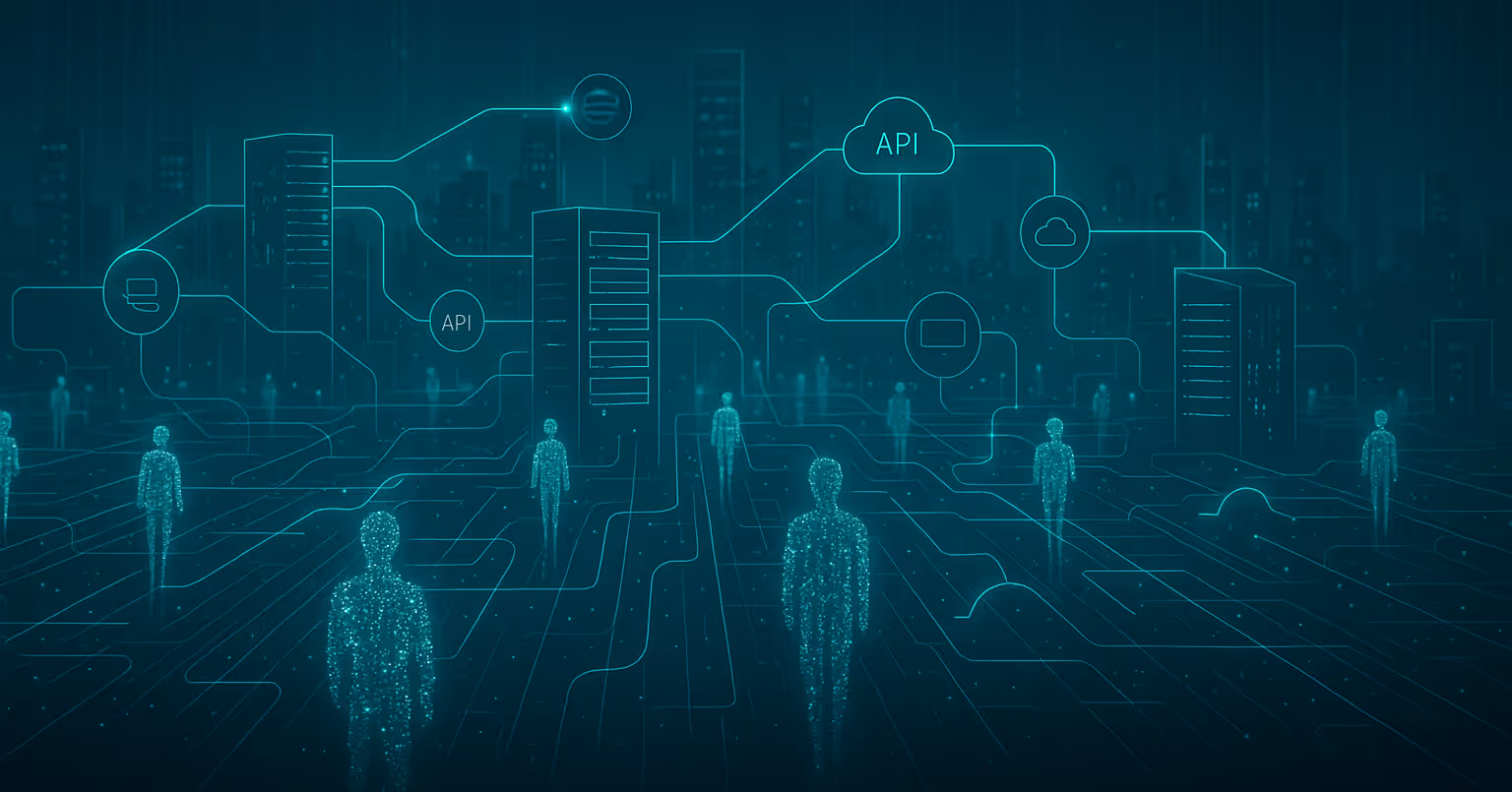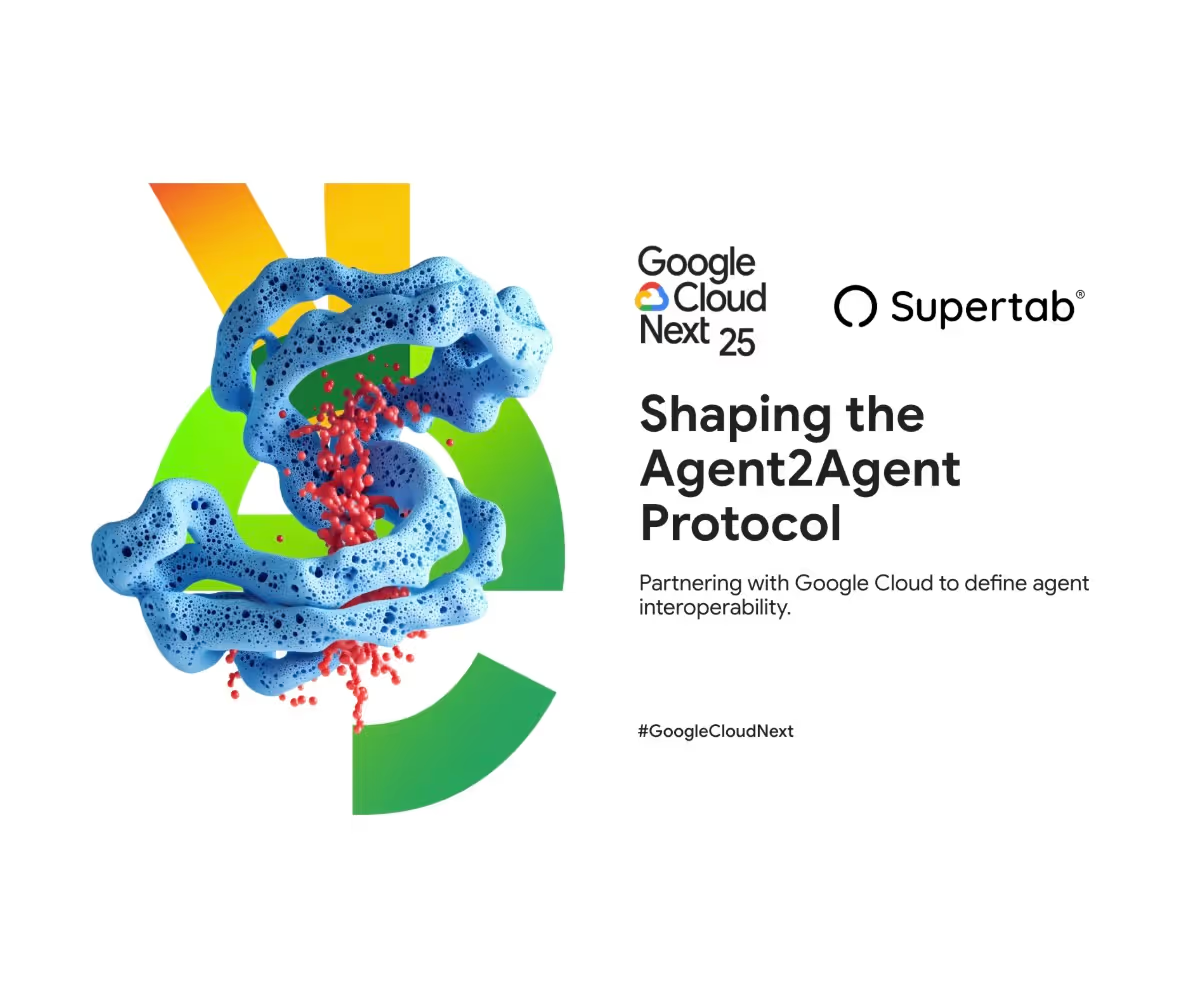Autonomous AI agents are moving fast from research demos into everyday infrastructure. They’ll book travel, source supplies, optimize logistics, and negotiate deals in real time. Often without human clicks, logins, or dashboards.
This shift will create an invisible economy: billions of agents buying, selling, and trading value in the background. But there’s a problem no one’s talking about: how these agents will actually pay.
Here’s the deal: in a few years, billions of autonomous agents are expected to need a way to transact that’s instant, fluid, and scalable. Subscriptions don’t fit the way agents work. Traditional payment methods won’t work. To scale, we need a new billing layer. One that charges by results, not friction.
Why Subscriptions Don’t Fit

Subscriptions are designed for people. They bundle access into predictable monthly fees. That works when a human uses Spotify every day or logs into Zoom for weekly meetings.
Agents operate differently. Their usage is episodic and unpredictable:
- A sourcing agent might ping 12 APIs in a single hour, then stay idle for days.
- A logistics optimizer could spin up hundreds of queries during a supply chain disruption, then taper off once stability returns.
Locking these behaviors into flat subscriptions doesn’t make sense. Agents don’t need “all-you-can-eat.” They need pay-as-you-go, with the option to subscribe when usage stabilizes.
The Problem With Traditional Payments

If not subscriptions, then microtransactions seem obvious. Let agents pay for each call, each dataset, each sliver of compute. That’s the right model - but the wrong infrastructure.
Today’s payment rails weren’t built for billions of machine-to-machine transactions priced in cents. If every API call or data request had to be processed like a credit card swipe, the economics would collapse. Fees pile up. Systems break under the weight of millions of small charges. What’s efficient for humans becomes impossible for machines.
The Meter, Not the Swipe

The invisible economy needs something closer to an electricity meter. Current flows as it’s consumed, invisible to the user. Only when usage hits a threshold does the bill arrive.
That model does two critical things:
- Keeps payments lightweight. No friction with each interaction.
- Aligns with usage. Agents only pay for what they actually consume.
It’s not Software-as-a-Service. It’s Service-as-a-Protocol - usage-based, transparent, and priced by results.
Enter Supertab Connect
That’s where Supertab Connect comes in.
Supertab Connect gives AI agents a transactional layer they’ve been missing. It enables seamless value exchange between systems, whether that’s:
- An agent buying access to a premium dataset.
- Two agents negotiating real-time API calls.
- A content provider charging another agent to unlock high-value media.
Think of it as the invoice for the invisible economy: invisible while usage flows, visible only when value has changed hands.
Why This Matters Now
History shows us that technology adoption outruns monetization. Napster proved people wanted digital music, but only iTunes aligned price, access, and trust. Online news drew huge audiences, but only paywalls, memberships, and microtransactions offered sustainability.
AI will soon be hitting the same wall. Imagine billions of queries generating costs without clear revenue models. Unless we fix this gap, the invisible economy risks stalling before it scales.
Supertab Connect is our answer: a way to give agents economic agency, without forcing human-era billing models onto machine-era commerce.
The Next Step: Building With Partners
The invisible economy is already here. What’s missing is its invoice.
We’re building the layer that will let agents transact fluidly, securely, and sustainably. And we’re looking for forward-thinking partners ready to test, build, and monetize in this new space.
Get in touch and help us define how value moves in the agent era.



.svg)

.avif)


